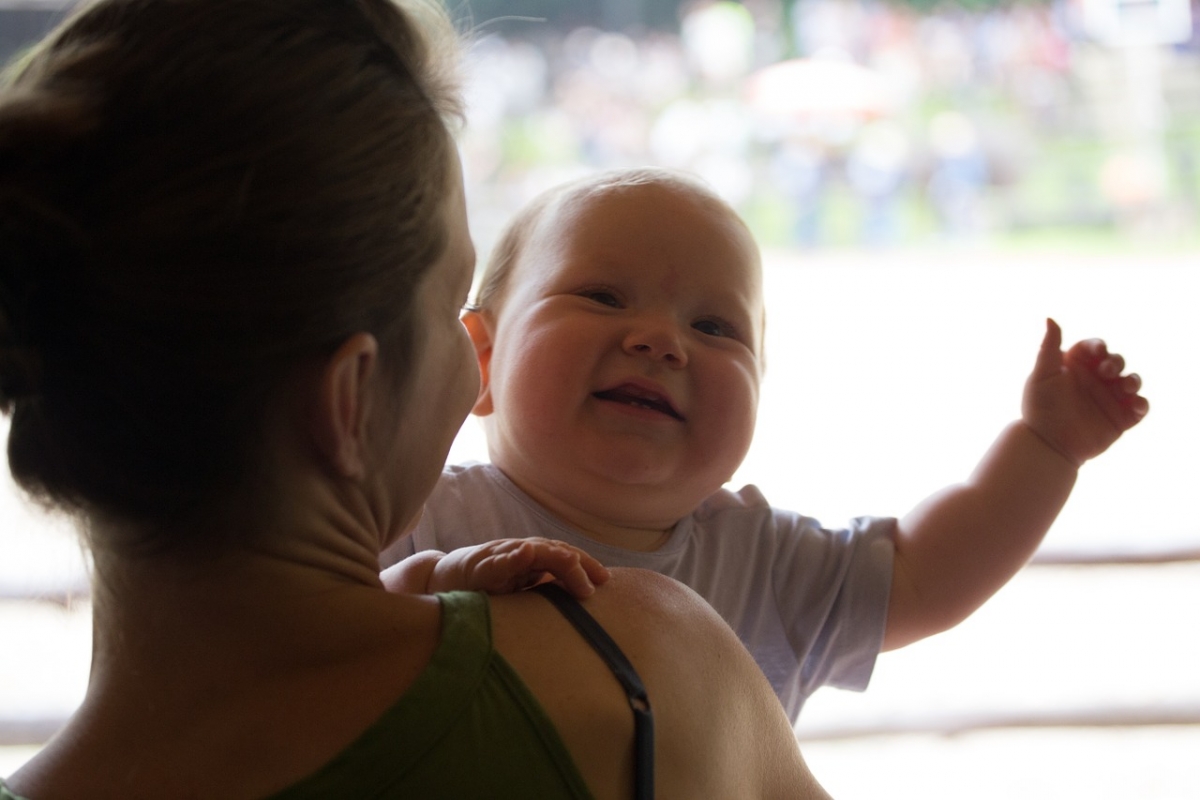That human touch that means so much: Exploring the tactile dimension of social life
In the early 1950s, American psychologist Harry Harlow provided a dramatic demonstration of the importance of touch in coping. Harlow set out to study the effect that separation from their mothers has on children by conducting a range of controversial experiments with baby Rhesus monkeys. Harlow raised the baby monkeys in isolation in a cage that contained two surrogate “mothers” – one made of metal wire and the other wrapped in terrycloth. Although the wire mother contained a bottle from which the monkeys could nurse, the monkeys would cling to the terrycloth mother when they were frightened, even when this led them to dehydrate and starve. Harlow's monkeys were apparently hungry for something other than food: They were literally starving for a warm, comforting touch. With these studies, Harlow was the first to show that intimate body contact, and not feeding, was the most important factor in mother-child bonding.
Harlow conducted his ground-breaking (and arguably cruel) experiments after reading a World Health Organization report on the detrimental effect of institutionalization. This report was written by the British psychiatrist John Bowlby, a pioneering researcher who developed attachment theory (Bowlby, 1973). Attachment theory suggests that touch from sensitive caregivers allows infants to feel safe and secure, and thus forms the basis of securely attached relationships later in life. Developmental research has supported these notions. For instance, mothers' nurturing touch was found to foster more secure attachment in low birth weight infants nine months later (Weiss, Wilson, Hertenstein, & Campos, 2000). Furthermore, infants who were tenderly held by their mothers and for longer periods of time were more securely attached than infants who were held reluctantly or awkwardly (Ainsworth, Blehar, Waters, & Wall, 1978). Thus, early nurturing touch from caregivers plays a key role in shaping children's emotional security.
The soothing effects of touch likely remain important in adulthood. There is growing evidence that touch from a romantic partner buffers us against stress. For instance, happily married women who are holding their husband's hand have smaller threat-related neural responses than when they are holding the hand of a stranger or do not engage in handholding (Coan, Schaefer, & Davidson, 2006). People may also obtain the comforting effects of touch from non-romantic relationships, and even with non-human animals such as pets (McConnell, Brown, Stayton, & Martin, 2011). Even inanimate objects appear to have an effect. Some fascinating experiments have shown that people recover more quickly from social rejection when they are holding a teddy bear on their lap (Tai, Zheng, & Narayanan, 2011).
Soft touch does not always have comforting effects. Jonathan Levav of Columbia University and Jennifer Argo of the University of Alberta (2010) found that a female’s light, comforting pat on the shoulder increased feelings of security. However, this calming effect did not occur when individuals were touched by a male and was weaker when the touch consisted of a handshake. This finding suggests that gentle touch by non-threatening individuals is most likely to have beneficial effects. Touch is also less likely to have beneficial effects when it violates cultural, social, or personal norms. For instance, uninvited touch from a stranger is often perceived as intrusive or threatening (Thayer, 1986). Likewise, touching the waist area is only appropriate in the context of a strong bond or close relationship (Lee & Guerrero, 2001). Finally, some people generally dislike being touched (Wilhelm, Kochar, Roth, & Gross, 2001).
The Social Power of Touch
Beyond regulating our emotions, interpersonal touch may also regulate our social relationships. Cultural anthropologist Alan Page Fiske (1991, 2004) has elaborated on the social significance of touch. According to Fiske, touch is a key element of a communal sharing relationship, a relationship that occurs in all cultures between mothers and their children, and among members of a group with a shared identity. When people engage in communal sharing, they implicitly assume that their bodies share a common substance, which could be real, imagined, or implied. Interpersonal touch (but also other activities like joint eating or dancing) indicates the presence of a communal sharing relationship by referring to the sharing of a common substance.
article author(s)
article keywords
article glossary
- human nature
- significant
- power
- oxytocin
- coping
- attachment theory
- developmental research
- Attachment
- threat-related neural responses
- cultural anthropologist
- communal sharing relationship
- communal sharing
- relation
- cooperation
- tactile
- warmth
- independent
- factors
- physiological benefits
- touch-based therapies
- Perspective taking
- field
- affective haptics
- haptic jacket
- anxiety
- neuroscience
- analytic
- perception
- Memory
- relational models theory
- recognition
- virtual reality
- sex
- nonverbal communication
- social cognition
- intervention
- Cortisol
- mimicry
- social exclusion
- tend and befriend
- affiliation
- intimacy



